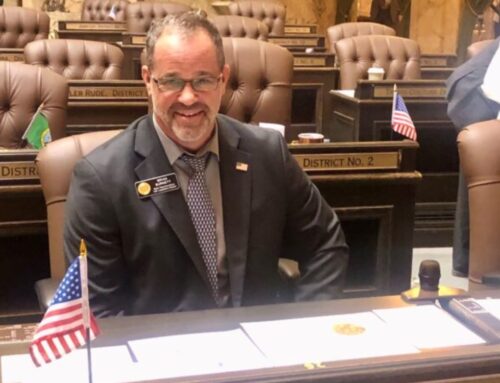Final EIS evaluates impacts of possible actions, but it is not a final decision
Contact: NCE Grizzly Bear Team
The National Park Service and U.S. Fish & Wildlife Service have released a final environmental impact statement (EIS) that evaluates options to restore grizzly bears to the North Cascades ecosystem of Washington, where they once roamed.
Grizzly bears occupied the North Cascades for thousands of years as an essential part of the ecosystem, distributing native plant seeds and keeping other wildlife populations in balance. In the 20th century, humans nearly hunted them to extinction in the area. The last confirmed sighting of a grizzly bear in the U.S. portion of the North Cascades ecosystem was in 1996.
The final EIS is not a decision to take a particular action, but evaluates the impacts of several alternatives.
The document identifies the translocation of grizzly bears to the North Cascades from other ecosystems with an experimental population designation as the preferred alternative. If adopted, the experimental population designation, under section 10(j) of the Endangered Species Act, would provide land managers and communities with additional management tools that would not otherwise be available to manage a restored population.
In addition, the EIS also evaluates a ‘no action’ alternative and an alternative involving the translocation of grizzly bears under existing protections. The EIS analyzes all three alternatives based on a number of topics, including impacts to other wildlife, wilderness character, recreation, safety, socioeconomics, and ethnographic resources.
Agencies anticipate issuing a record of decision in the weeks ahead.
Public feedback played a key role in the development of the final EIS. During the 45-day public comment period for the draft document in fall of 2023, over 12,000 public comments were received. In addition, hundreds of individuals provided input at public meetings across the region. Comments and questions were reviewed and incorporated into the EIS where appropriate.








